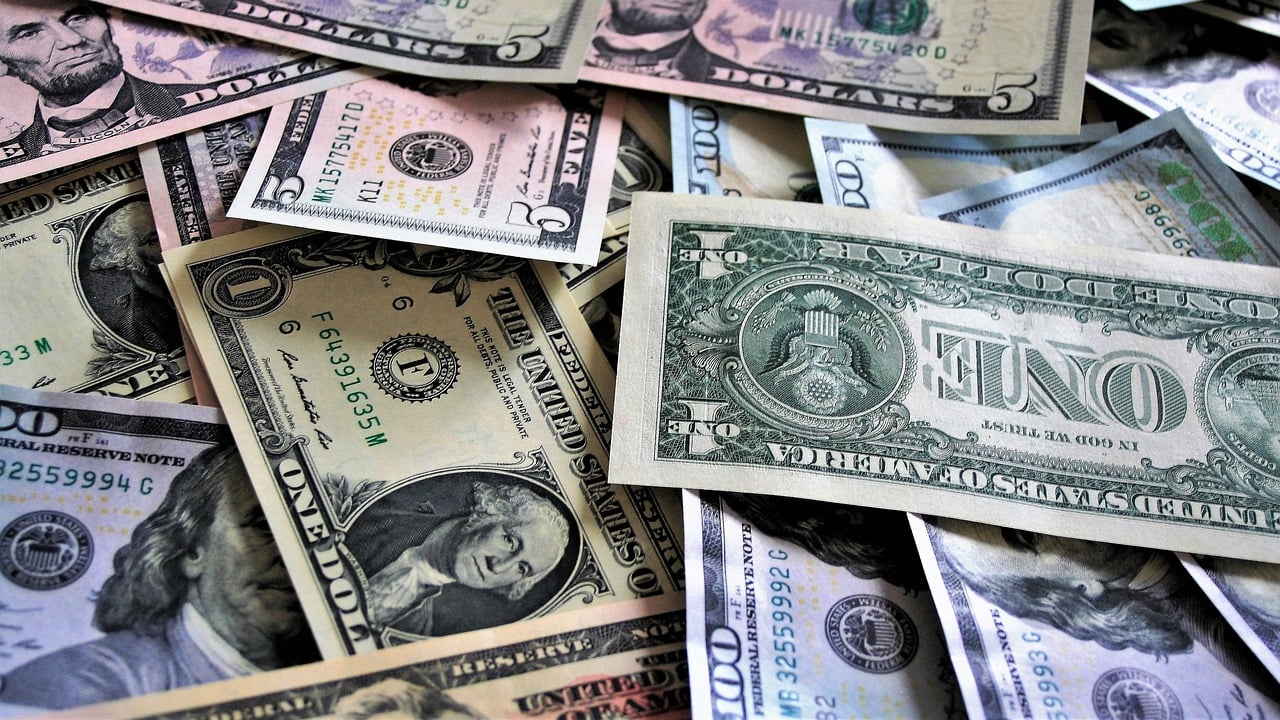Commenting on Fed’s rate cut and today’s trading Gorilla Trades strategist Ken Berman said:
Q4 2019 hedge fund letters, conferences and more
Today’s plunge was even worse than last Thursday’s crash, with the Dow registering its worst day since 1987, and as the major indices closed below their lows from last week. President Trump’s prediction that the epidemic could last until August weighed heavily on stocks towards the end of the session, and the key benchmarks closed near their intraday lows, as investors rushed to the exits amid the continued extreme economic uncertainty.
The major indices erased Friday’s lofty gains, plunging by well over 10% today, as the Fed’s bold easing steps weren’t enough to restore investor confidence amid the worsening COVID-19 pandemic. The Dow Jones Industrial Average (INDEXDJX:.DJI) was down 2,997, or 12.9%, to 20,189, the Nasdaq (INDEXNASDAQ:.IXIC) lost 970, or 12.3%, to 6,905, while the S&P 500 (indexsp:.inx) fell by 325, or 12.0%, to 2,383. Decliners outnumbered advancing issues by a more than 18-to-1 ratio on the NYSE, where volume was extremely high again.
Fed's Rate Cut Led The Market Lower
Financials and large-cap banks, in particular, led the way lower today, due to Fed’s rate cut and the projected pressure on their balance sheets, but energy-related issues were also decimated, as the price of crude oil plunged below $29 per barrel. Industrials were also hammered because of the rising risk of a global recession, with the strict nationwide lockdowns in Europe spooking investors. Airliners were propped up by the possible government bailout of the sector towards the end of the session, even as air traffic is set to collapse for several months.
We saw extraordinary moves across asset classes yet again today, as the effects of the continued forced liquidations rippled through the financial system. Commodity-related entities were likely crushed again, given the deep and highly correlated selloff in crude oil, precious metals, and other usually loosely correlated assets. The stress on the banking system eased thanks to the Fed’s massive intervention, and while risk assets got decimated, the narrowing spreads could be vital in the coming weeks, as the effects of the pandemic get clearer.
Post-Pandemic Recovery
The Fed’s rate cut to 0%, which was more or less in line with the bond market’s ‘prediction’, together with the $700 billion Quantitative Easing (QE) program will likely give a boost to the post-pandemic recovery, despite today’s negative market reaction. That said, several analysts stressed that small business and individuals will also need quick help in the case of a prolonged lockdown, in order to avoid a wave of layoffs and defaults, so the coming days could bring further targeted emergency steps from the Central Bank and the Trump administration alike
Following last week’s Producer Price Index (PPI), today’s Empire State Manufacturing Index was the second economic indicator to clearly reflect the impact of the virus. The much worse-than-expected -19.5 reading also confirms the supply-chain distractions reported from China, and given the fact that the European lockdown just started, the global economy will likely need several months to recover. The retail sales, industrial production, the NAHB Housing Market Index, and the JOLTS job openings estimate will all be out tomorrow, but virus-related headlines will certainly continue to dominate price action. Stay tuned!






